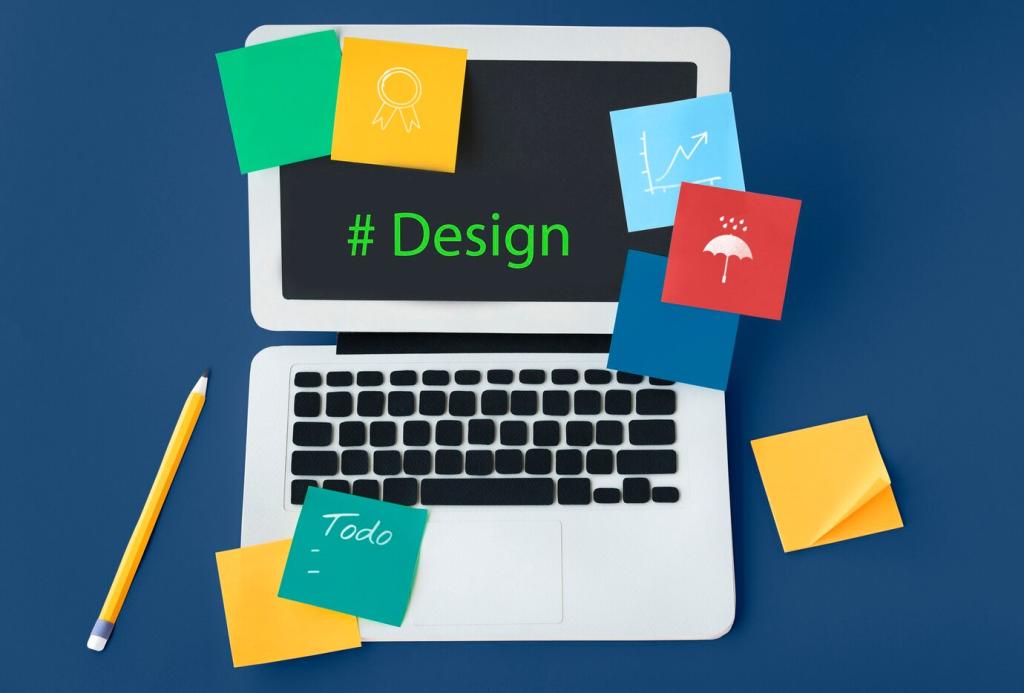Essential Copywriting Tools for Interior Designers
Chosen theme: Essential Copywriting Tools for Interior Designers. Welcome! Elevate your studio’s words with a focused toolkit that turns palettes, plans, and portfolios into persuasive stories clients can’t resist. Read on, try the tools, and tell us which ones transform your process.

Persona Mapping with Smart Surveys
Use Typeform or Google Forms to capture room-by-room priorities, style references, and decision-making timelines. Tag insights like “pet-friendly flooring” or “daylight ergonomics,” then tailor copy that mirrors real client language. Share your best survey question with us.
Social Listening for Design Conversations
Monitor Pinterest Trends, Instagram saves, and Reddit design threads to spot phrases clients naturally use, such as “airy Japandi hallway” or “quiet luxury finishes.” Mirror those phrases in headlines to spark instant recognition. Comment your favorite listening channel.
Build a simple voice chart in Notion: Calm, not cold; Confident, not showy; Refined, not fussy. Designer Maya mapped her chart, swapped “stunning” clichés for sensory specifics, and doubled time-on-page. Want our template? Leave a comment and we’ll share it.

Headlines, Hooks, and Offers: Crafting Messages That Convert
Headline Analyzers with Design Context
Run headlines through CoSchedule or Sharethrough, then refine with sensory design cues: light, texture, flow. Compare “Full-Service Interior Design” to “From blueprint to breakfast nook: seamless, serene interiors.” Post your headline and we’ll suggest a punchier variation.


Value Proposition and Benefits Mapping
Map client pain points to tangible benefits using Miro or FigJam. For example: renovation dust anxiety becomes “protected zones and tidy trades.” Turn each benefit into a homepage section. Want our benefits map? Subscribe for instant access.
SEO Essentials for Design Studios
Use Ahrefs, Semrush, or AnswerThePublic to find phrases like “small condo layout ideas” or “family-friendly mudroom storage.” Cluster topics around spaces and materials, then build posts that match client questions. Drop a keyword and we’ll suggest three supporting headlines.

SEO Essentials for Design Studios
Run drafts through Yoast, Rank Math, or Clearscope to align headings, meta descriptions, and readability. Keep sentences human, add alt text with material details, and interlink case studies thoughtfully. Share a page URL and we’ll propose internal links.
Edit with Confidence: Clarity, Readability, and Consistency
Grammarly or ProWritingAid catches errors and hedging. Replace vague adjectives with tactile descriptors—ribbed oak, honed marble, low-sheen lacquer. Trim filler like “really” or “very.” Paste a sentence below, and we’ll help sharpen it together.

Editorial Calendars that Mirror Project Phases
Use Notion or Airtable to map copy deadlines to design milestones—concept, sourcing, install, reveal. Align blog topics with live projects for timely storytelling. Want our calendar view? Comment “calendar” and we’ll share a template.
Asset Libraries and Swipe Files
Collect before–after images, client quotes, and material samples in Raindrop.io or Milanote. Tag assets by room, style, and mood so copy drafts pull real proof, fast. Tell us your tagging system; we’ll suggest improvements.
Collaboration and Approvals that Don’t Stall
Draft in Google Docs with Suggesting mode, summarize choices via Loom, and track approvals in Asana. Limit feedback rounds and define “final” clearly. Share your biggest collaboration bottleneck; we’ll recommend a streamlined workflow tweak.
